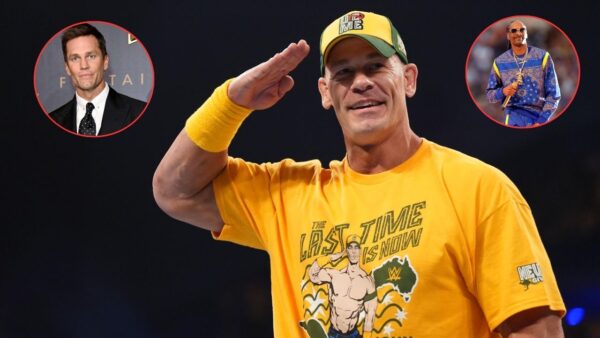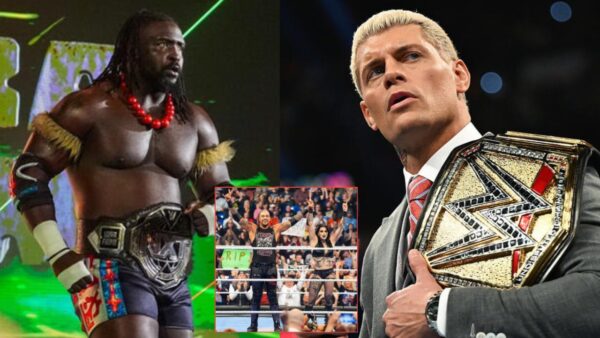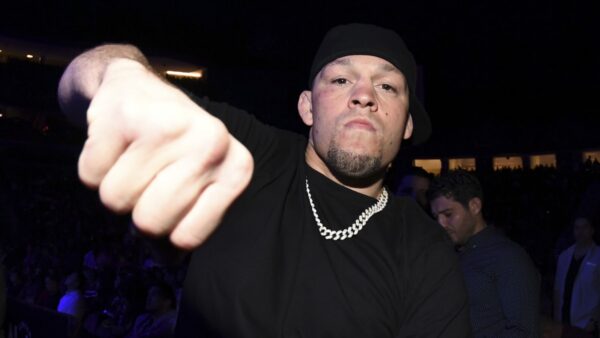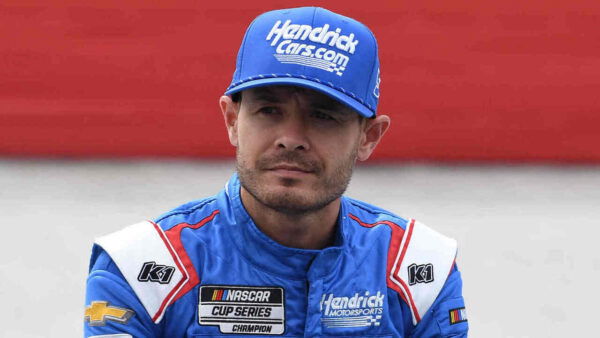India at the Olympics: Rio 2016
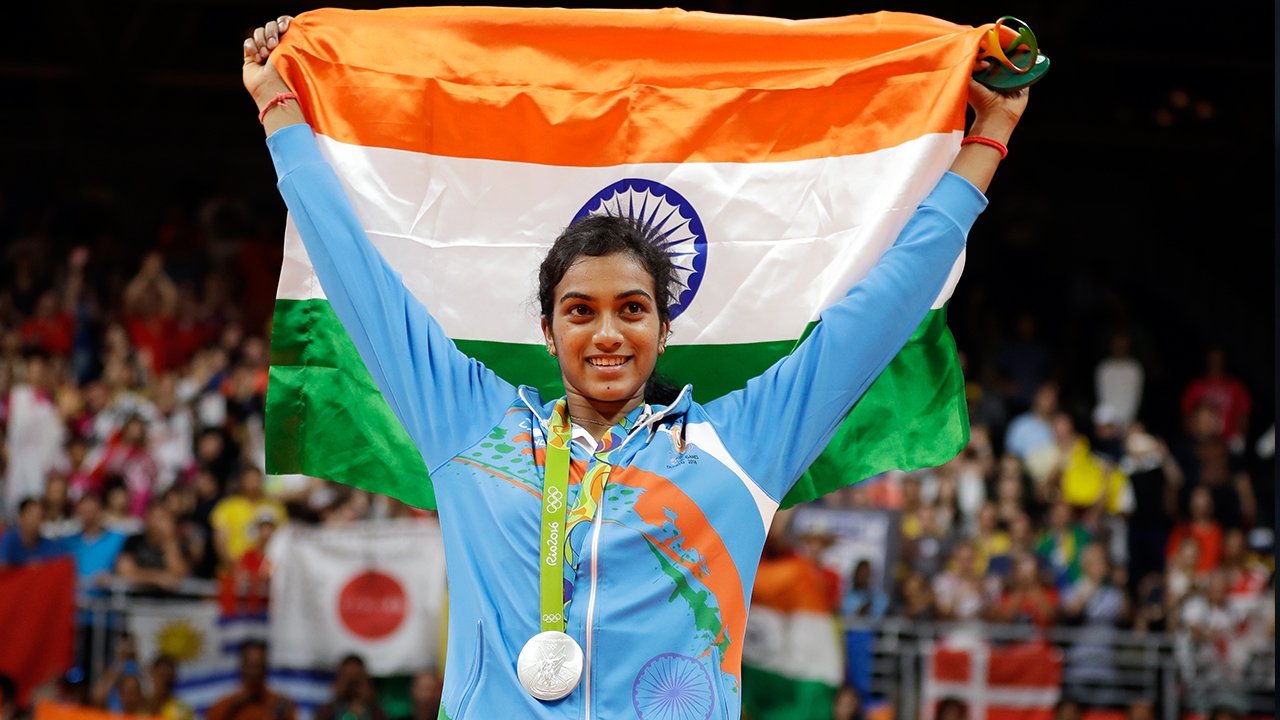
PV flag silver
🔍 Explore this post with:

After the highs of London 2012 came the lows of Rio 2016. The largest ever Indian contingent at any Olympics went in with a lot of expectations. Many of them ended up in disappointment.
The signs were there to see even two years ago at the 2014 cycle of the Asian and Commonwealth Games. India’s medal tally at both was lower than in the 2010 editions, changes in events notwithstanding.
The good showing at London was partly due to the investments made into the Delhi 2010 CWGs. Once that money evaporated the Indian sporting establishment was back to the old days.
The 14-month IOA suspension starting from December 2012 did not help matters. Neither did the suspension of the Boxing Federation.
It was assumed that medals would come automatically just as they did at Beijing and London. There was no thought about putting a systemic structure in place.
The silver lining at the end though was increased government and public scrutiny towards Olympic sports. India’s recent sporting successes owe a lot to the introspection that followed the 2016 campaign.
The first ever Olympics hosted by South America

The Zika virus outbreak in Brazil had a lot of athletes concerned, though thankfully unlike Covid19 the epidemic was controlled.
The opening ceremony was muted and reflected environmental concerns in contrast to the extravaganzas seen at Beijing and London.
Michael Phelps and Usain Bolt dominated the sporting headlines for the third Games in a row. Other highlights were the performances of gymnast Simone Biles, swimmers Katie Ledecky, Ryan Murphy and Joseph Schooling, and track and field athletes Elaine Thompson and Mo Farah.
A look at India
Pre-Games expectations:
The Indian contingent comprised 117 athletes in 15 sports. The Women’s hockey team made a comeback to the Olympics after a long gap of 36 years.
Some Indian officials had boldly predicted 10 medals. There was a lot of chatter on social media too. After all we were sending our largest ever contingent at an Olympics, surely we would get a record medal haul as well?
Names like Bindra, Gagan Narang, Heena Sidhu, Deepika Kumari, Saina Nehwal floated around. The dark horses were PV Sindhu, Kidambi Srikanth, the men’s hockey team, the mixed-doubles tennis team. Many of these were based on hope, past performances and luck rather than recent form. Only Jitu Rai was the unanimous pick who had a lot going in his favour.
In wrestling the Narsingh Yadav doping fiasco left a bad taste in the mouth. Still Vinesh Phogat and Yogeshwar Dutt, especially the former were considered medal prospects.
The flagbearer:
Abhinav Bindra, the 2008 champion competing in his final Olympics was the flagbearer.
Notable debuts:
PV Sindhu, the current queen of Indian badminton, made her Olympic debut here and immediately made an impact.
These were the debut Games for Sakshi Malik as well. Manika Batra, Apurvi Chandela, Vinesh Phogat and Mirabai Chanu also debuted at Rio.
Medallists:
After 10 days and no medals, the worst was feared by Indian fans. Would our medal streak since 1996 meet such an inglorious end? Certain Twitter celebs had already laid out their fangs at the contingent.
Sakshi Malik
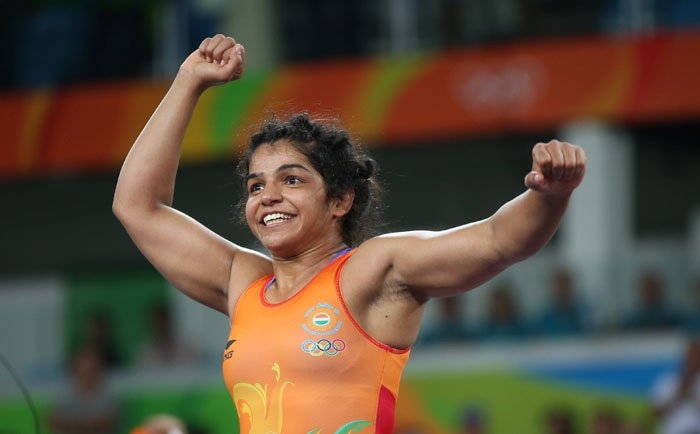
The unheralded Sakshi Malik suddenly put an end to the doom and gloom. On Raksha Bandhan day (17th August), Sakshi put up an inspired performance in the Women’s 58kg repechage. After losing to the finalist Kobolova from Russia in the quarters, she first beat Mongolia’s Orkhon 12-3 in the repechage round 2.
In the bronze medal match, she posted a dramatic 8-5 victory against Kyrgyzstan‘s Aisuluu Tynybekova, the losing semi finalist. Despite being down 0-5 in the match, she put up a miraculous fight-back to win the coveted medal. She was the first Indian female wrestler to win an Olympic medal.
There were cheers and relief all around. Sakshi became an overnight sensation with the who’s-who of India congratulating her on social media.
PV Sindhu

More good news was to follow from Women’s badminton. The then relatively unknown PV Sindhu after beating top contender Tai Tzu Ying in the Round of 16, best Chinese favourite Wang Yihan in the quarters in a stunning show of attacking badminton.
Only the semifinal separated her from an assured medal. In the semis, she thrashed Japanese Nozomi Okuhara 21-19, 21-10, this guaranteeing at least a silver.
There were massive celebrations on social media and elsewhere. India had found a new superstar. Her finals match against Carolina Marin was one of the most watched sporting events in India that year. Though she lost despite putting up a valiant fight, she gained a lot of endorsements, prize money and adulation.
Sakshi and Sindhu showed how much potential there is in the Indian sports industry, if the stakeholders can get their act together.
Disappointments:
Where to begin? From Jitu Raj’s finals meltdown to Saina Nehwal’s injury to Vinesh Phogat being stretchered off to the archery team choking yet again, the entire Games were a series of disappointments. Shooting and athletics were 2 of the biggest let downs. Add to this the number of fourth place finishes and near misses and the mandatory IOA-related controversies. The initial few days of the Rio Olympics were nothing short of a nightmare for Indian fans.
Creditable performances by Indians:
The spirited Dipa Karmakar became India’s darling and added the term ‘Produnova’ to the Indian sports fan dictionary.
Lalita Babar, out of an athletics contingent of 34 was the only one who could make it to the finals. She finished 10th.
Abhinav Bindra tried his best to repeat his Beijing heroics but ultimately ended up fourth by the narrowest of margins.
Kidambi Srikanth did well to reach the Men’s Singles quarters and gave a tough fight to Lin Dan.
Golfer Aditi Ashok was in the top ten after the first two rounds.
Aftermath
Though the Games ended on a happy note for India, the overall performance was a big regression from London and Beijing. The media, especially from the West, were out with predictable articles on the lines of ‘2 medals for a billion people’. A lot of soul searching and introspection was required.
As a silver lining, there have been many positive changes in Indian sports since then. NRAI took the lead and formed an inquiry committee. The assessments and suggestions made by the committee have been followed and today India is one of the top sports shooting nations.
Other federations such as those of boxing, wrestling, athletics appear to have improved their style of functioning. So have the IOA, SAI and the Sports Ministry.
The Indian performance at the 2018 Asian and Commonwealth Games was heartening. Khelo India is a step in the right direction.
As fans we can hope Indian sports emerges stronger after the Covid pandemic and is well placed for Tokyo.

